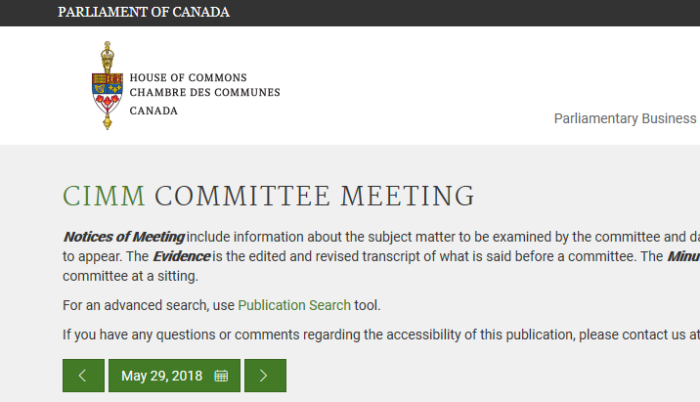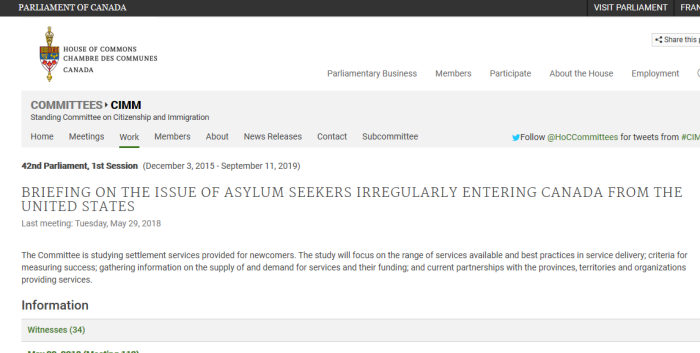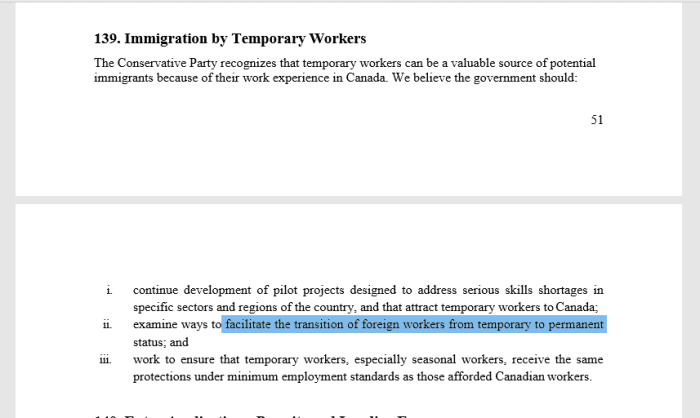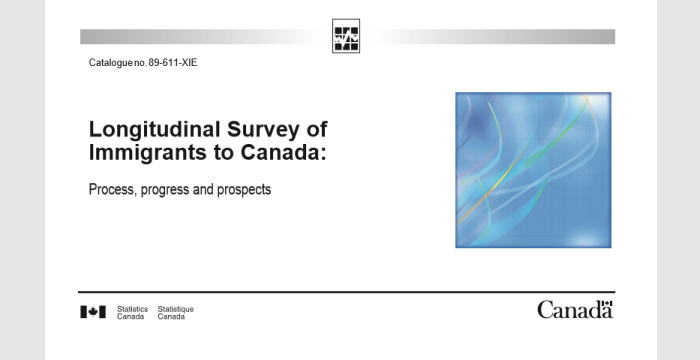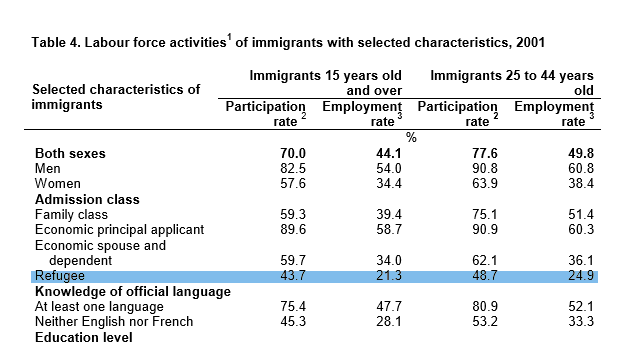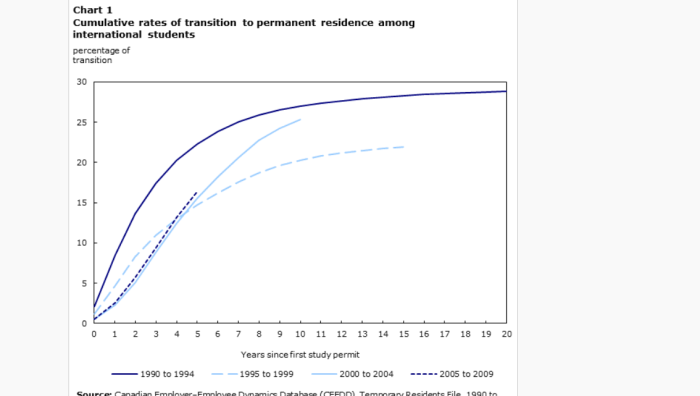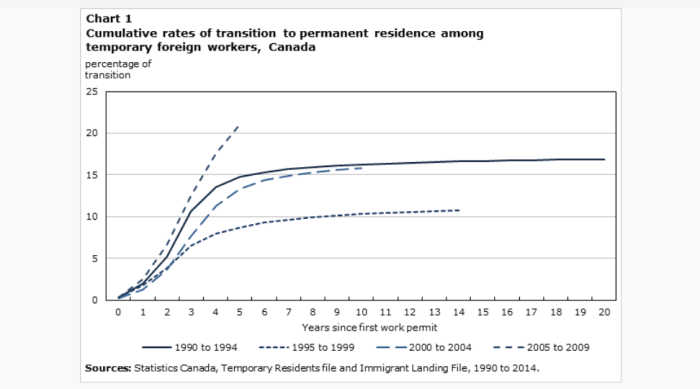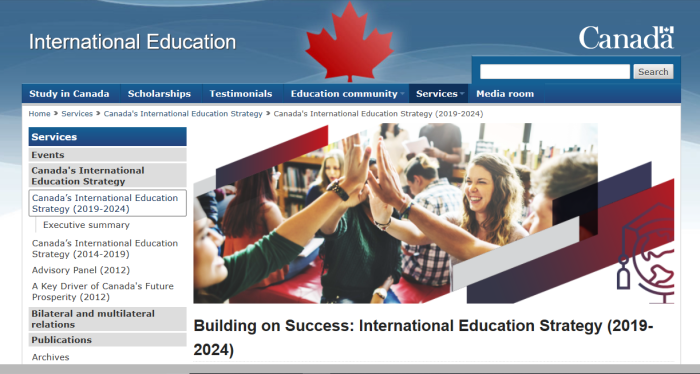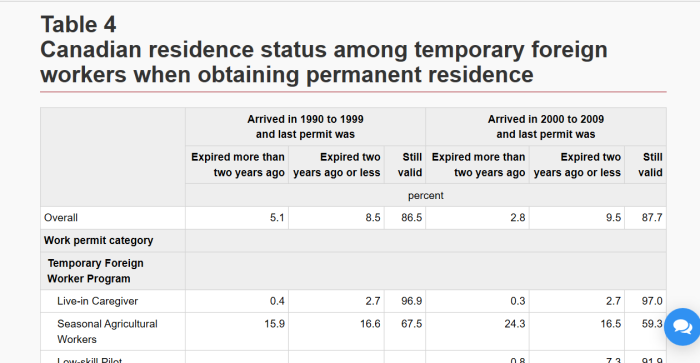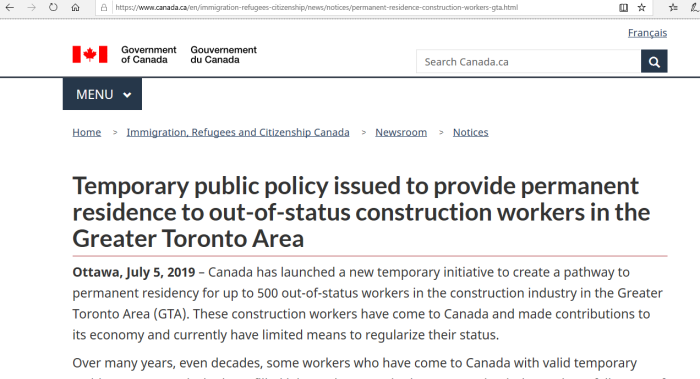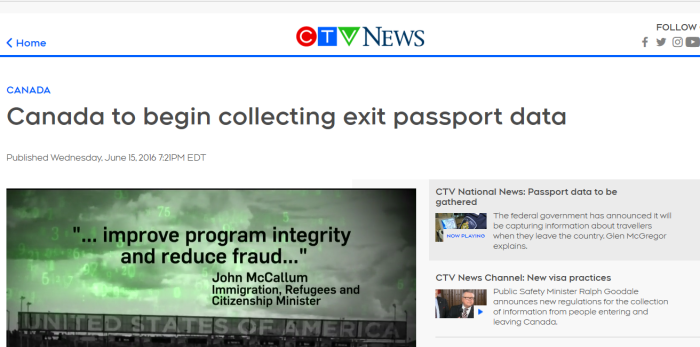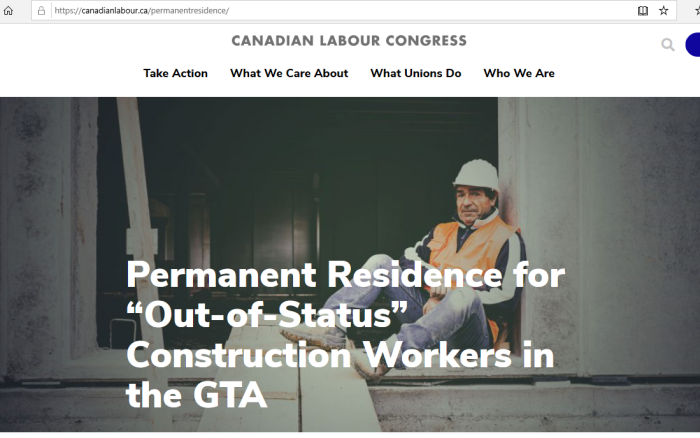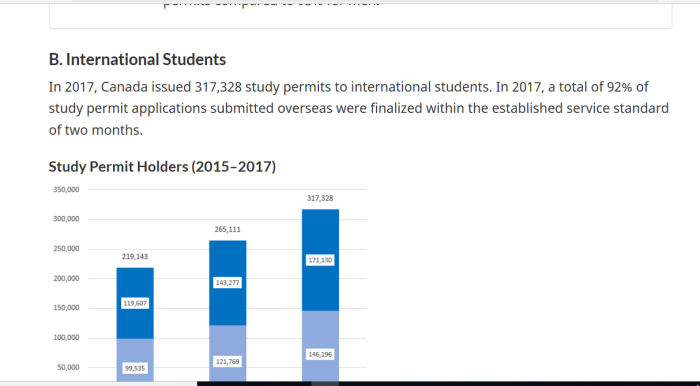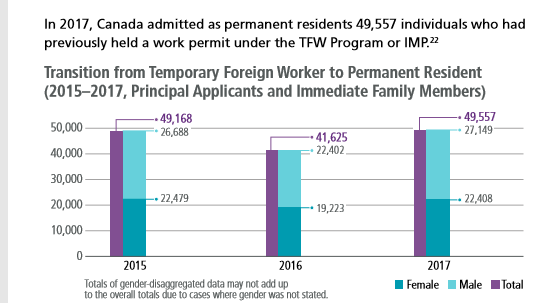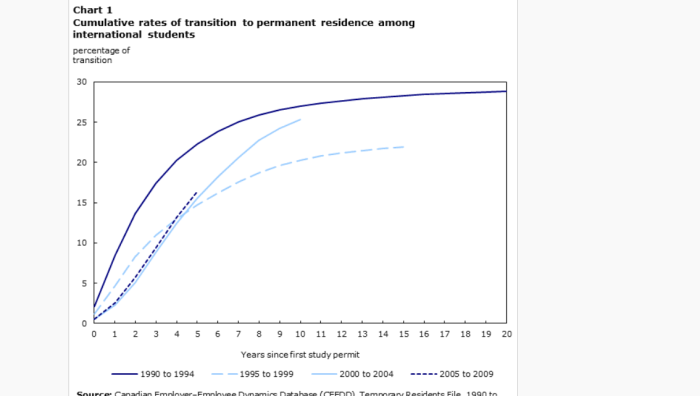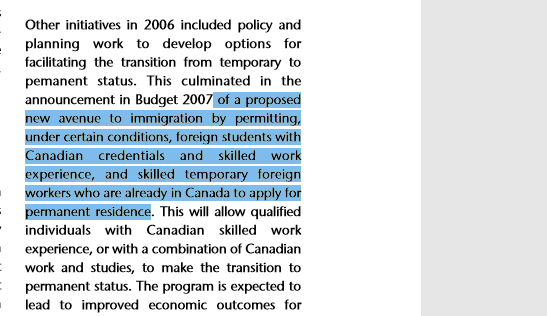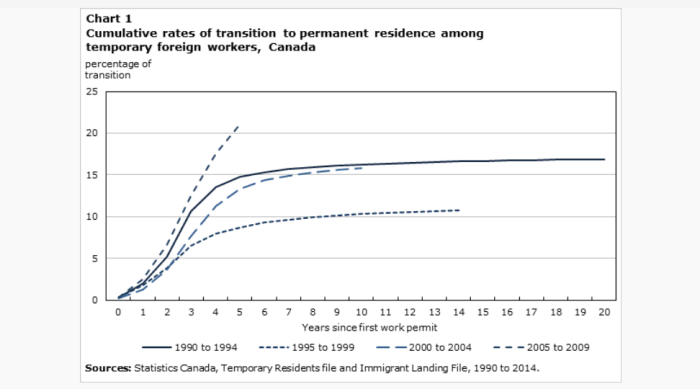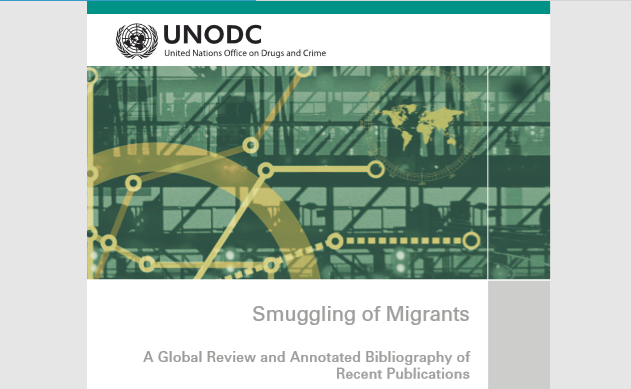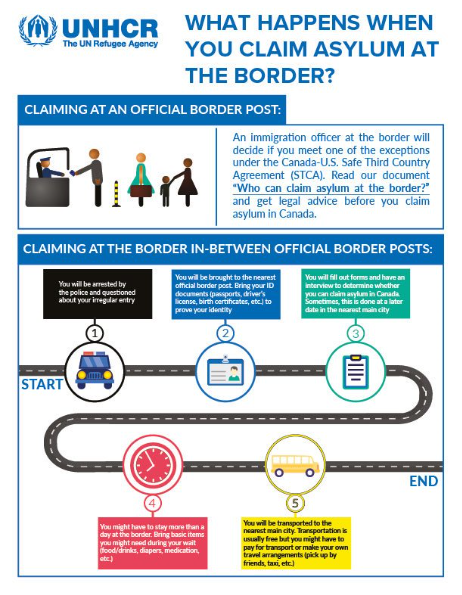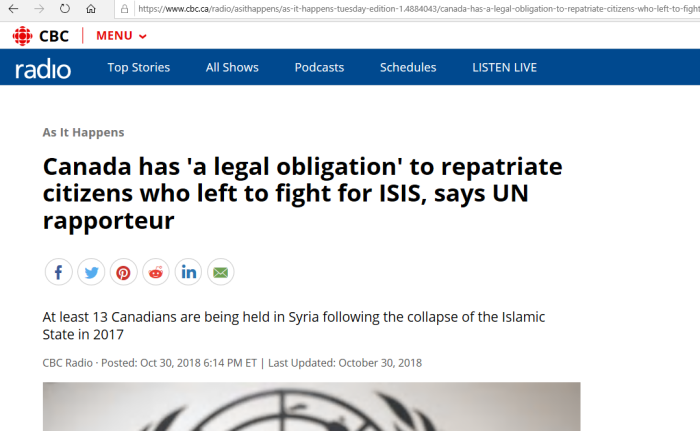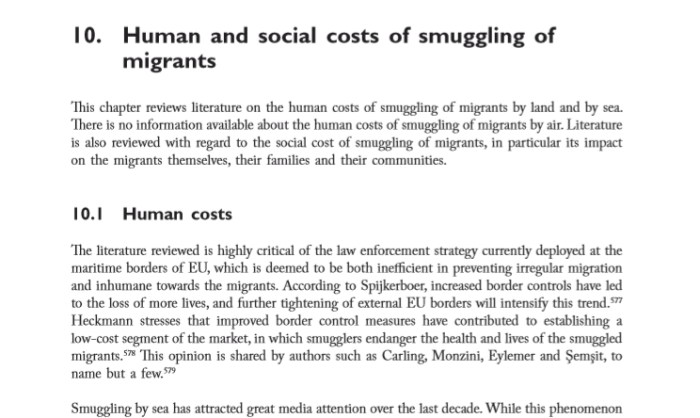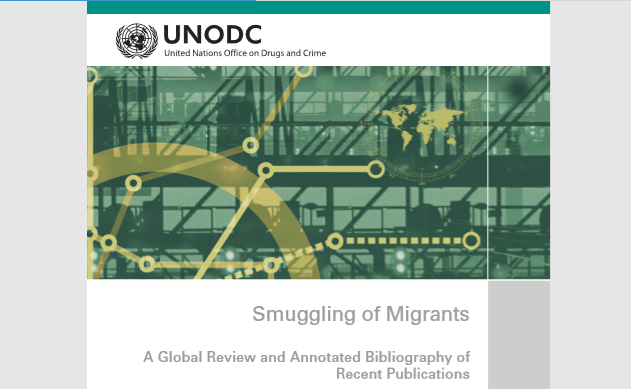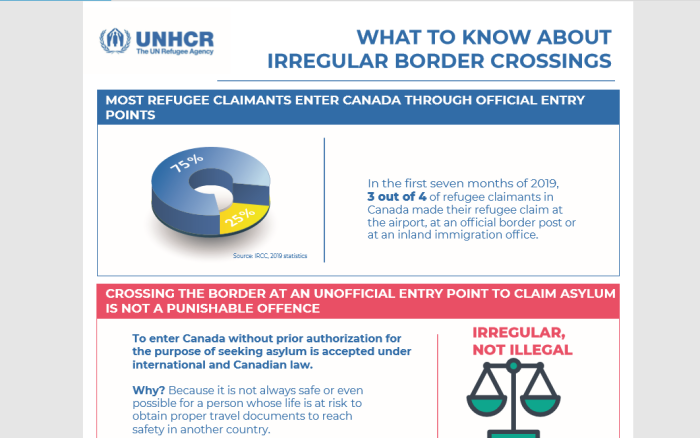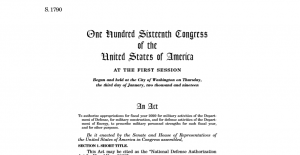
1. Important Links
CLICK HERE, for Senate Bill S1790, signed Dec 21, 2019.
http://archive.is/81Hbp
CLICK HERE, for the PDF version.
2. Context For This Article
Donald Trump campaigned to become U.S. President in 2015 and 2016. He ran on an openly “America FIRST” platform. That sounded great, but is he living up to that promise?
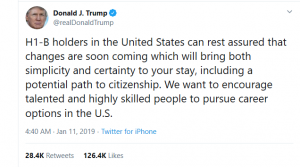
Well, importing a replacement work force to put your own people out of their jobs isn’t really “America first”. However, it does provide lots of cheap labour, driving down wages.
That aside, what about defense spending? Donald Trump’s recent defense spending bill may provide some insight into how (if at all) that pledge is being kept.
3. Section 214: Affirmative Action Edu Research
SEC. 214. RESEARCH AND EDUCATIONAL PROGRAMS AND ACTIVITIES FOR HISTORICALLY BLACK COLLEGES AND UNIVERSITIES AND MINORITY-SERVING INSTITUTIONS OF HIGHER EDUCATION.
Section 2362 of title 10, United States Code, is amended—
(1) by redesignating subsections (d) and (e) as subsections (e) and (f), respectively; and
(2) by inserting after subsection
(c) the following new subsection: ‘‘
(d) INCENTIVES.—The Secretary of Defense may develop incentives to encourage research and educational collaborations between covered educational institutions and other institutions of higher education.’’.
Focusing on pandering to a group, instead of choosing the best people. Affirmative action is a failed concept, and we should be honest about it. Also see section 262 for mandating a study about it.
4. Section 223: Climate Change Policies
SEC. 223. DIRECT AIR CAPTURE AND BLUE CARBON REMOVAL TECHNOLOGY PROGRAM.
(a) PROGRAM REQUIRED.—
(1) IN GENERAL.—The Secretary of Defense, in coordination with the Secretary of Homeland Security, the Secretary of Energy, and the heads of such other Federal agencies as the Secretary of Defense considers appropriate, shall carry out a program on research, development, testing, evaluation, study, and demonstration of technologies related to blue carbon capture and direct air capture. (2) PROGRAM GOALS.—The goals of the program established under paragraph (1) are as follows:
(A) To develop technologies that capture carbon dioxide from seawater and the air to turn such carbon dioxide into clean fuels to enhance fuel and energy security.
(B) To develop and demonstrate technologies that capture carbon dioxide from seawater and the air to reuse such carbon dioxide to create products for military uses.
(C) To develop direct air capture technologies for use—
(i) at military installations or facilities of the Department of Defense; or
(ii) in modes of transportation by the Navy or the Coast Guard.
Spoiler, but Carbon Dioxide is not pollution.
5. Section 229: Racial/Gender Diversity
SEC. 229. DIVERSIFICATION OF THE RESEARCH AND ENGINEERING WORKFORCE OF THE DEPARTMENT OF DEFENSE.
(a) ASSESSMENT REQUIRED.—
(1) IN GENERAL.—The Secretary of Defense, acting through the Under Secretary of Defense for Research and Engineering and in consultation with the Under Secretary of Defense for Personnel and Readiness, shall conduct an assessment of critical skillsets required across, and the diversity of, the research and engineering workforce of the Department of Defense, including the science and technology reinvention laboratories, to support emerging and future warfighter technologies.
(2) ELEMENTS.—The assessment required by paragraph
(1) shall include analysis of the following:
(A) The percentage of women and minorities employed in the research and engineering workforce of the Department of Defense as of the date of the assessment.
(B) Of the individuals hired into the research and engineering workforce of the Department in the five years preceding the date of the assessment, the percentage of such individuals who are women and minorities
Who cares about the melanin and chromosomes of the engineers involved? Simply hire the best and most qualified people to begin with. There shouldn’t be any such considerations.
6. Section 529: Strategy For More Diversity
SEC. 529. STRATEGIC PLAN FOR DIVERSITY AND INCLUSION.
(a) PLAN REQUIRED.—The Secretary of Defense shall design and implement a five-year strategic plan for diversity and inclusion in the Department of Defense.
(b) ELEMENTS.—The strategic plan under this section—
(1) shall incorporate existing efforts to promote diversity and inclusion within the Department; and
(2) may not conflict with the objectives of the 2018 National Military Strategy.
(c) DEADLINE.—The Secretary shall implement the strategic plan under this section not later than one year after the date of the enactment of this Act.
Whatever happened to simply selecting qualified people?
7. Section 540I: Race & Gender Crime Stats
SEC. 540I. ASSESSMENT OF RACIAL, ETHNIC, AND GENDER DISPARITIES IN THE MILITARY JUSTICE SYSTEM.
(a) IN GENERAL.—The Secretary of Defense shall provide for the carrying out of the activities described in subsections (b) and (c) in order to improve the ability of the Department of Defense to detect and address racial, ethnic, and gender disparities in the military justice system.
(b) SECRETARY OF DEFENSE AND RELATED ACTIVITIES.—The activities described in this subsection are the following, to be commenced or carried out (as applicable) by not later than 180 days after the date of the enactment of this Act:
(1) For each court-martial conducted by an Armed Force after the date of the enactment of this Act, the Secretary of Defense shall require the head of the Armed Force concerned—
(A) to record the race, ethnicity, and gender of the victim and the accused, and such other demographic information about the victim and the accused as the Secretary considers appropriate;
(B) to include data based on the information described in subparagraph (A) in the annual military justice reports of the Armed Force.
Here’s a spoiler: 13% do 50%.
That’s according to the FBI.
Probably a true principle here as well.
8. Section 1123: Criminal Record Disclosure
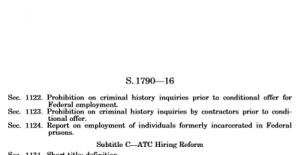
Sure, let’s remove the mandatory advance disclosure about criminal records.
9. Section 1205: Gender Perspectives Req.
SEC. 1205. GENDER PERSPECTIVES AND PARTICIPATION BY WOMEN IN SECURITY COOPERATION ACTIVITIES.
Consistent with the Women, Peace, and Security Act of 2017 (Public Law 115–68), the Secretary of Defense, in coordination with the Secretary of State, should seek to incorporate gender perspectives and participation by women in security cooperation activities to the maximum extent practicable.
At least Trudeau is open that he promotes this sort of thing. Here, it is slipped into a defense bill that is thousands of pages long.
10. Section 1215: Special Visa Reporting Req.
SEC. 1215. SPECIAL IMMIGRANT VISA PROGRAM REPORTING REQUIREMENT.
(a) IN GENERAL.—Not later than 180 days after the date of the enactment of this Act, the Inspector General of the Department of State shall submit a report, which may contain a classified annex, to—
(1) the Committee on the Judiciary, the Committee on Foreign Relations, and the Committee on Armed Services of the Senate; and
(2) the Committee on the Judiciary, the Committee on Foreign Affairs, and the Committee on Armed Services of the House of Representatives.
(b) CONTENTS.—The report submitted under subsection
(a) shall evaluate the obstacles to effective protection of Afghan and Iraqi allies through the special immigrant visa programs and suggestions for improvements in future programs, including information relating to—
(1) the hiring of locally employed staff and contractors;
(2) documenting the identity and employment of locally employed staff and contractors of the United States Government, including the possibility of establishing a central database of employees of the United States Government and its contractors;
(3) the protection and safety of employees of locally employed staff and contractors;
(4) means of expediting processing at all stages of the process for applicants, including consideration of reducing required forms; (5) appropriate staffing levels for expedited processing domestically and abroad;
(6) the effect of uncertainty of visa availability on visa processing;
(7) the cost and availability of medical examinations; and
(8) means to reduce delays in interagency processing and security checks.
Serious question: will there be a pathway to citizenship for these visa holders?
11. Section 1219: Extending Afghan Visas
SEC. 1219. MODIFICATION AND EXTENSION OF THE AFGHAN SPECIAL IMMIGRANT VISA PROGRAM.
(a) PRINCIPAL ALIENS.—Subclause
(I) of section 602(b)(2)(A)(ii) of the Afghan Allies Protection Act of 2009 (8 U.S.C. 1101 note) is amended to read as follows: ‘‘(I) by, or on behalf of, the United States Government; or’’.
(b) EXTENSION OF AFGHAN SPECIAL IMMIGRANT PROGRAM.— Section 602(b)(3)(F) of the Afghan Allies Protection Act of 2009 (8 U.S.C. 1101 note) is amended—
(1) in the heading, by striking ‘‘2015, 2016, AND 2017’’ and inserting ‘‘2015 THROUGH 2020’’;
(2) in the matter preceding clause
(i), by striking ‘‘18,500’’ and inserting ‘‘22,500’’;
(3) in clause (i), by striking ‘‘December 31, 2020’’ and inserting ‘‘December 31, 2021’’; and
(4) in clause (ii), by striking ‘‘December 31, 2020’’ and inserting ‘‘December 31, 2021’’.
Interesting. This defense spending bill includes extending visas for Afghans, and issuing more of them. One might think this would be an immigration matter.
12. Section 1260I: Huawei Not Entirely Banned
SEC. 1260I. LIMITATION ON REMOVAL OF HUAWEI TECHNOLOGIES CO. LTD. FROM ENTITY LIST OF BUREAU OF INDUSTRY AND SECURITY. (a) IN GENERAL.—The Secretary of Commerce may not remove Huawei Technologies Co. Ltd. or any of its affiliates (in this section collectively referred to as ‘‘Huawei’’) from the entity list unless and until the Secretary certifies to the appropriate congressional committees that—
(1) Huawei has sufficiently resolved or settled the charges that were the basis for the addition of Huawei to the entity list in a manner that is consistent with the standards for the removal of an entity from the entity list under the Export Administration Regulations;
(2) Huawei has sufficiently resolved or settled any other charges that Huawei violated sanctions imposed by the United States;
(3) regulations have been implemented that sufficiently restrict exporting to, and importing from, the United States items that would pose a national security threat to telecommunications systems in the United States; and
(4) the Department of Commerce has mitigated, to the maximum extent possible, other threats to the national security of the United States posed by Huawei.
Why not just ban them outright? You do know that China uses it to spy on you and gather intel. Business interests should not override national security concerns.
13. Section 1749: Ban On Confederate Names
SEC. 1749. PROHIBITION ON NAMES RELATED TO THE CONFEDERACY.
(a) PROHIBITION ON NAMES RELATED TO THE CONFEDERACY.— In naming a new asset or renaming an existing asset, the Secretary of Defense or the Secretary of a military department may not give a name to an asset that refers to, or includes a term referring to, the Confederate States of America (commonly referred to as the ‘‘Confederacy’’), including any name referring to—
(1) a person who served or held leadership within the Confederacy; or
(2) a Confederate battlefield victory.
(b) ASSET DEFINED.—In this section, the term ‘‘asset’’ includes any base, installation, facility, aircraft, ship, equipment, or any other property owned or controlled by the Department of Defense or a military department.
(c) SAVINGS CLAUSE.—Nothing in this section may be construed as requiring a Secretary concerned to initiate a review of previously named assets.
Way to erase a part of American history.
14. Section 5321: Climate Change Concerns
SEC. 5321. ESTABLISHMENT OF CLIMATE SECURITY ADVISORY COUNCIL.
(a) ESTABLISHMENT.—Title I of the National Security Act of 1947 (50 U.S.C. 3021 et seq.) is amended by adding at the end the following new section: ‘‘SEC. 120. CLIMATE SECURITY ADVISORY COUNCIL. ‘‘
(a) ESTABLISHMENT.—The Director of National Intelligence shall establish a Climate Security Advisory Council for the purpose of— ‘‘
(1) assisting intelligence analysts of various elements of the intelligence community with respect to analysis of climate security and its impact on the areas of focus of such analysts; ‘‘
(2) facilitating coordination between the elements of the intelligence community and elements of the Federal Government that are not elements of the intelligence community in collecting data on, and conducting analysis of, climate change and climate security; and ‘‘(3) ensuring that the intelligence community is adequately prioritizing climate change in carrying out its activities.
Yes, the military, which is in charge of keeping the nation safe will also have to factor climate change or “climate security” into everything that they do.
15. Section 5712: Chinese Infiltration?
SEC. 5712. REPORT ON BEST PRACTICES TO PROTECT PRIVACY AND CIVIL LIBERTIES OF CHINESE AMERICANS.
(a) SENSE OF CONGRESS.—It is the sense of Congress that—
(1) the People’s Republic of China appears to be specifically targeting the Chinese-American community for intelligence purposes;
(2) such targeting carries a substantial risk that the loyalty of such Americans may be generally questioned and lead to unacceptable stereotyping, targeting, and racial profiling;
(3) the United States Government has a duty to warn and protect all Americans including those of Chinese descent from these intelligence efforts by the People’s Republic of China;
(4) the broad stereotyping, targeting, and racial profiling of Americans of Chinese descent is contrary to the values of the United States and reinforces the flawed narrative perpetuated by the People’s Republic of China that ethnically Chinese individuals worldwide have a duty to support the People’s Republic of China; and
(5) the United States efforts to combat the People’s Republic of China’s intelligence activities should actively safeguard and promote the constitutional rights of all Chinese Americans.
I’m not convinced this is just a stereotype. China does send spies under pretenses of being students or being temporary workers. It is not paranoid or discriminatory to wonder about this. Ethnic ties ARE generally much stronger than civil ties.
16. Section 5713: Infiltration In Academia?!
SEC. 5713. OVERSIGHT OF FOREIGN INFLUENCE IN ACADEMIA.
(a) DEFINITIONS.—In this section:
(1) COVERED INSTITUTION OF HIGHER EDUCATION.—The term ‘‘covered institution of higher education’’ means an institution described in section 102 of the Higher Education Act of 1965 (20 U.S.C. 1002) that receives Federal funds in any amount and for any purpose.
(2) SENSITIVE RESEARCH SUBJECT.—The term ‘‘sensitive research subject’’ means a subject of research that is carried out at a covered institution of higher education that receives funds that were appropriated for—
(A) the National Intelligence Program; or
(B) any Federal agency the Director of National Intelligence deems appropriate.
(b) REPORT REQUIRED.—Not later than 180 days after the date of the enactment of this Act and not less frequently than once each year thereafter, the Director of National Intelligence, in consultation with such elements of the intelligence community as the Director considers appropriate and consistent with the privacy protections afforded to United States persons, shall submit to congressional intelligence committees a report on risks to sensitive research subjects posed by foreign entities in order to provide Congress and covered institutions of higher education with more complete information on these risks and to help ensure academic freedom.
(c) CONTENTS.—The report required by subsection
(b) shall include the following:
(1) A list of sensitive research subjects that could affect national security.
(2) A list of foreign entities, including governments, corporations, nonprofit organizations and for-profit organizations, and any subsidiary or affiliate of such an entity, that the Director determines pose a counterintelligence, espionage (including economic espionage), or other national security threat with respect to sensitive research subjects.
(3) A list of any known or suspected attempts by foreign entities to exert pressure on covered institutions of higher education, including attempts to limit freedom of speech, propagate misinformation or disinformation, or to influence professors, researchers, or students.
(4) Recommendations for collaboration between covered institutions of higher education and the intelligence community to mitigate threats to sensitive research subjects associated with foreign influence in academia, including any necessary legislative or administrative action.
I don’t suppose any of those hordes of foreign students may be complicit in all of this? Foreign students, foreign funding, and U.S. taxpayers pick up the rest of the tab. What could possibly go wrong?
17. Section 6746: “Might” Allow Spies In?
SEC. 6746. SENSE OF CONGRESS ON CONSIDERATION OF ESPIONAGE ACTIVITIES WHEN CONSIDERING WHETHER OR NOT TO PROVIDE VISAS TO FOREIGN INDIVIDUALS TO BE ACCREDITED TO A UNITED NATIONS MISSION IN THE UNITED STATES.
It is the sense of the Congress that the Secretary of State, in considering whether or not to provide a visa to a foreign individual to be accredited to a United Nations mission in the United States, should consider—
(1) known and suspected intelligence activities, espionage activities, including activities constituting precursors to espionage, carried out by the individual against the United States, foreign allies of the United States, or foreign partners of the United States; and
(2) the status of an individual as a known or suspected intelligence officer for a foreign adversary.
Right. Don’t outright block and prohibit the people known or suspected to be involved in espionage. Instead, it should be “considered”.
18. Section 7438: Sunset Clause
SEC. 7438. SUNSET.
This title shall cease to be effective on the date that is 5 years after the date of the enactment of this Act.
Okay, it expires in 5 years.
19. Section 7611: Liberian Refugees
SEC. 7611. LIBERIAN REFUGEE IMMIGRATION FAIRNESS.
(a) DEFINITIONS.—In this section:
(1) IN GENERAL.—Except as otherwise specifically provided, any term used in this Act that is used in the immigration laws shall have the meaning given the term in the immigration laws.
(2) IMMIGRATION LAWS.—The term ‘‘immigration laws’’ has the meaning given the term in section 101(a)(17) of the Immigration and Nationality Act (8 U.S.C. 1101(a)(17)).
(3) SECRETARY.—The term ‘‘Secretary’’ means the Secretary of Homeland Security.
(b) ADJUSTMENT OF STATUS.—
(1) IN GENERAL.—Except as provided in paragraph (3), the Secretary shall adjust the status of an alien described in subsection (c) to that of an alien lawfully admitted for permanent residence if the alien—
(A) applies for adjustment not later than 1 year after the date of the enactment of this Act; (B) is otherwise eligible to receive an immigrant visa; and (C) subject to paragraph
(2), is admissible to the United States for permanent residence.
Why is an amnesty for Liberians slipped into this “defense spending” bill? How does it have anything to do with defense spending, or military capabilities?
20. Final Thoughts
Yes, there is some money for the wall (or rather, replacing sections of fencing). There’s also a ton of money for various weapons and toys.
But an awful lot of garbage that doesn’t need to be in there. There doesn’t seem to be any sign that Trump is ending, or even scaling down existing U.S. wars and military ventures.
How will all of this be paid for? Just put it on the national credit card of course. Annual deficits, or overall debts, no longer seem to matter to Federal politicians. All of this isn’t really “America first!”

